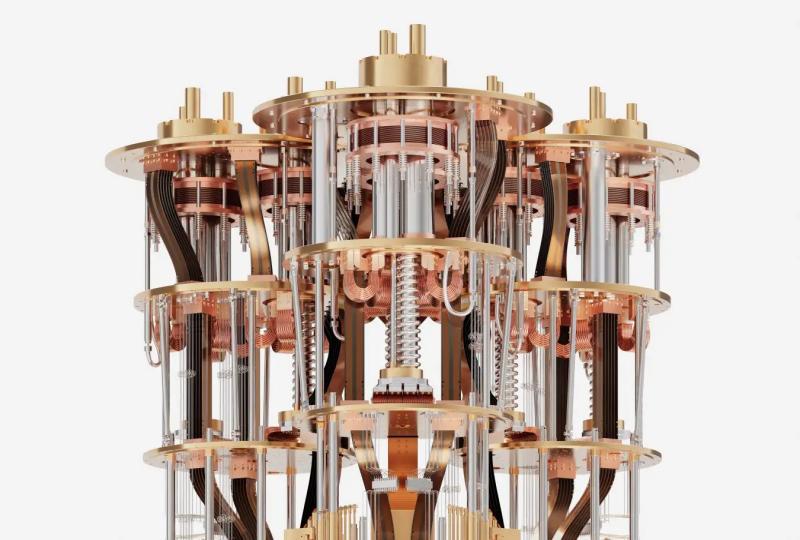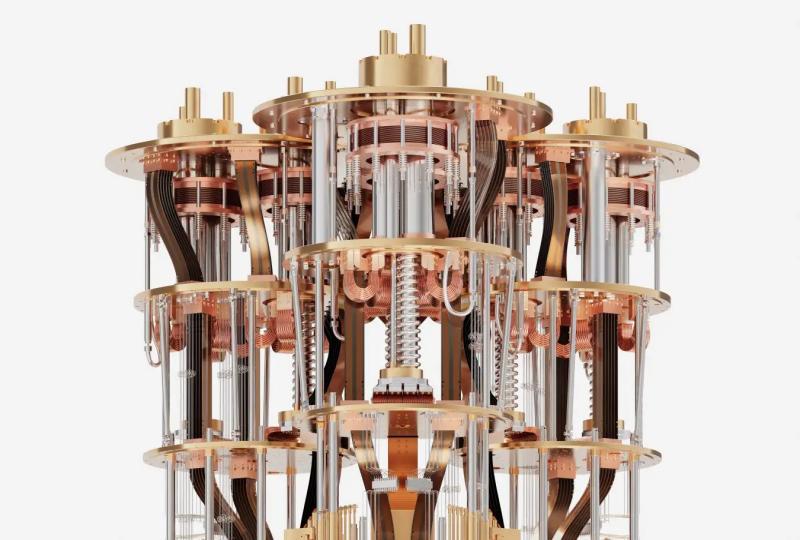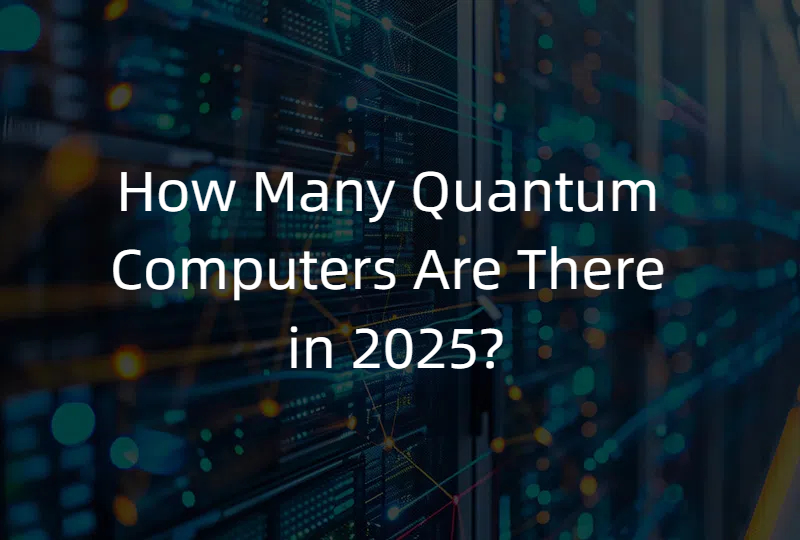Quantum Computing Introduction vs Classical Computing: A Revolutionary Paradigm Shift
2025.09.19 · Blog Quantum Computing Introduction
The computing landscape is experiencing its most significant transformation since the invention of the transistor. While classical computers have powered decades of technological advancement, quantum computing represents a fundamental departure from traditional computational principles. Understanding the key differences between these two paradigms is crucial for grasping the future of technology.
The Core Distinction: Bits vs Qubits
Classical computing relies on bits – binary digits that exist in definitive states of either 0 or 1. These digital workhorses process information sequentially, following deterministic pathways governed by Boolean logic. Every calculation, from simple arithmetic to complex algorithms, ultimately reduces to combinations of these binary states.
Quantum computing introduces qubits (quantum bits), which leverage the bizarre properties of quantum mechanics. Unlike classical bits, qubits can exist in superposition – simultaneously representing 0, 1, or any quantum combination of both states. This property enables quantum computers to process exponentially more information than their classical counterparts.
The mathematical implications are staggering. While a classical computer with N bits can perform at most N calculations simultaneously, a quantum computer with N qubits can perform up to 2^N calculations. This exponential scaling means that adding just one qubit doubles the computational capacity.
Processing Architecture: Sequential vs Quantum Parallelism
Classical computers excel through sequential processing, where operations follow predetermined logical sequences. Even modern multi-core processors fundamentally process information linearly, executing instructions step by step. This approach provides reliable, predictable outcomes but faces limitations when tackling exponentially complex problems.
Quantum systems harness quantum parallelism through superposition and entanglement. Entanglement creates mysterious correlations between qubits, where changes to one instantly affect others regardless of distance. This enables quantum computers to explore multiple solution paths simultaneously, potentially solving certain problems that would take classical computers millennia to complete.
Hardware Requirements: Room Temperature vs Extreme Conditions
Classical computers operate using mature silicon-based technology that functions reliably at room temperature. Decades of semiconductor advancement have created scalable, cost-effective manufacturing processes with well-understood error correction methods.
Quantum hardware demands exotic architectures requiring extreme conditions. Most quantum systems need cryogenic environments approaching absolute zero (–273 °C) to maintain quantum coherence. Technologies include:
-
Superconducting circuits operating in dilution refrigerators
-
Trapped ion systems manipulated by precision lasers
-
Photonic quantum computers using light particles
-
Nuclear magnetic resonance (NMR) systems
These requirements make quantum computers expensive and complex to operate, limiting accessibility compared to classical systems.
Performance Strengths: Complementary Advantages
Classical computers dominate general-purpose computing tasks including web browsing, database operations, media processing, and everyday applications. Their deterministic nature ensures consistent, reliable performance for the vast majority of computational needs.
Quantum computers show revolutionary potential for specific problem categories:
Cryptography: Quantum algorithms like Shor’s algorithm can break RSA encryption exponentially faster than classical methods, while simultaneously enabling quantum-secure communications.
Optimization: Complex logistics problems, supply chain optimization, and financial portfolio management benefit from quantum algorithms that explore solution spaces more efficiently.
Molecular Simulation: Quantum systems naturally model quantum mechanical processes, revolutionizing drug discovery and materials science by simulating molecular interactions at unprecedented accuracy.
Machine Learning: Quantum machine learning algorithms show promise for accelerating AI training and pattern recognition tasks.
Real-World Breakthroughs and Applications
Recent quantum computing achievements demonstrate practical advantages. Google’s Willow processor solved complex problems in under five minutes that would require classical supercomputers 10^25 years. This “quantum supremacy” milestone, while for specialized problems, illustrates quantum computing’s transformative potential.
In pharmaceuticals, quantum simulations are modeling molecular interactions for drug discovery, potentially reducing development timelines from decades to years. Financial institutions are implementing quantum optimization algorithms for risk analysis and portfolio management, showing measurable improvements over classical approaches.
Current Limitations and Future Integration
Classical computing faces Moore’s Law limitations as transistor miniaturization approaches physical limits. Complex problems requiring exponential classical resources remain computationally intractable.
Quantum systems confront significant challenges including quantum decoherence – the fragile nature of quantum states that collapse when disturbed by environmental interference. Current quantum computers have high error rates and require sophisticated error correction protocols.
The Hybrid Future
Rather than replacement, the future points toward hybrid quantum-classical architectures. Classical computers will handle general processing and system control, while quantum processors tackle specific computational tasks requiring quantum advantage. This complementary approach maximizes the strengths of both technologies.
Educational initiatives are making quantum computing more accessible. Companies like SpinQ are developing educational quantum systems for universities and research institutions, bridging the knowledge gap between classical and quantum computing.
Conclusion: A Transformative Partnership
The quantum computing introduction reveals not a competitive battle, but a revolutionary expansion of computational possibilities. Classical computers will continue powering our digital infrastructure while quantum systems unlock solutions to previously impossible challenges.
This paradigm shift promises breakthroughs in science, medicine, cryptography, and artificial intelligence. As quantum technology matures and becomes more accessible, understanding these fundamental differences between classical and quantum computing becomes essential for anyone seeking to comprehend the future of technology.
The quantum revolution isn’t about replacing classical computing—it's about transcending current computational boundaries to tackle humanity’s most complex challenges. Together, these technologies will reshape our understanding of what's computationally possible.
Featured Content






